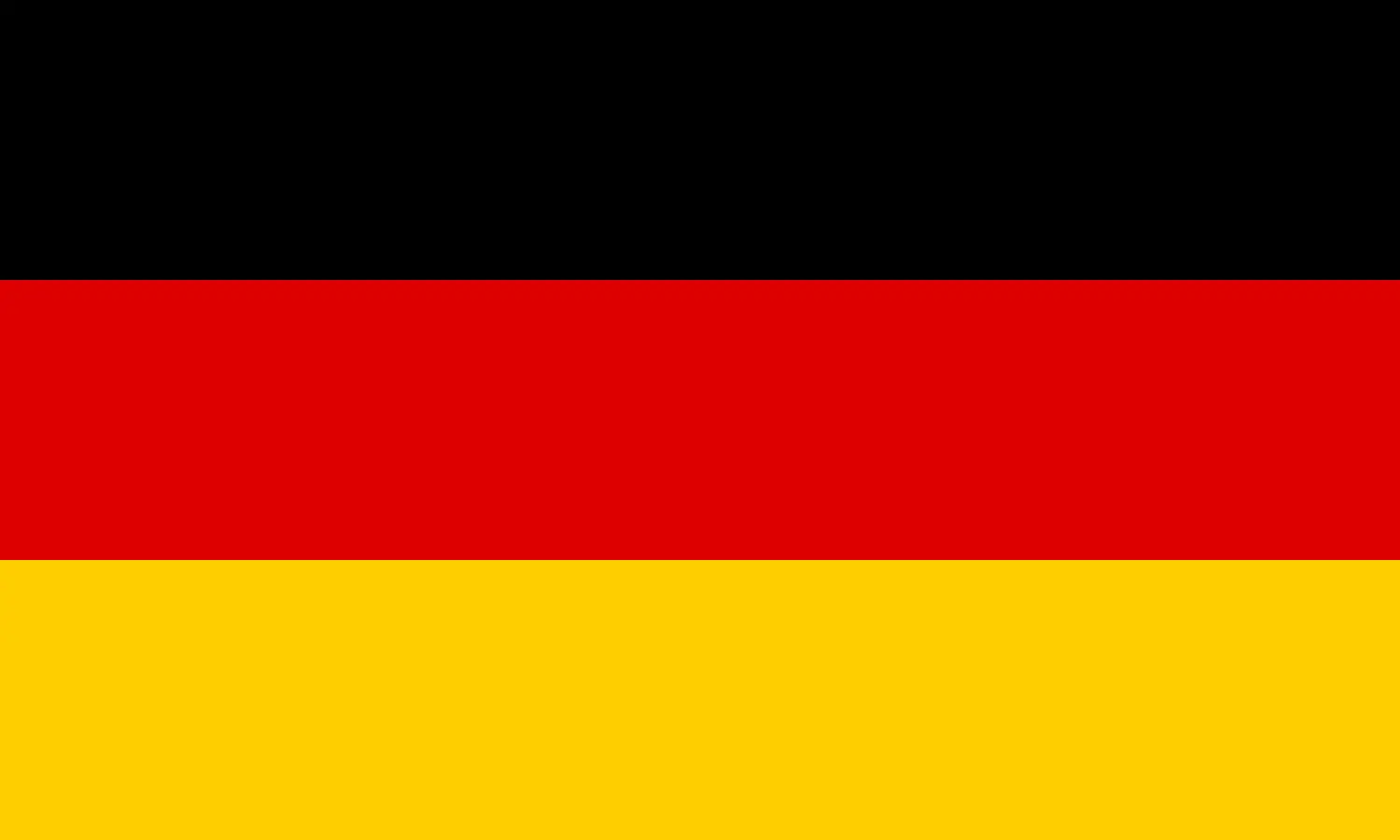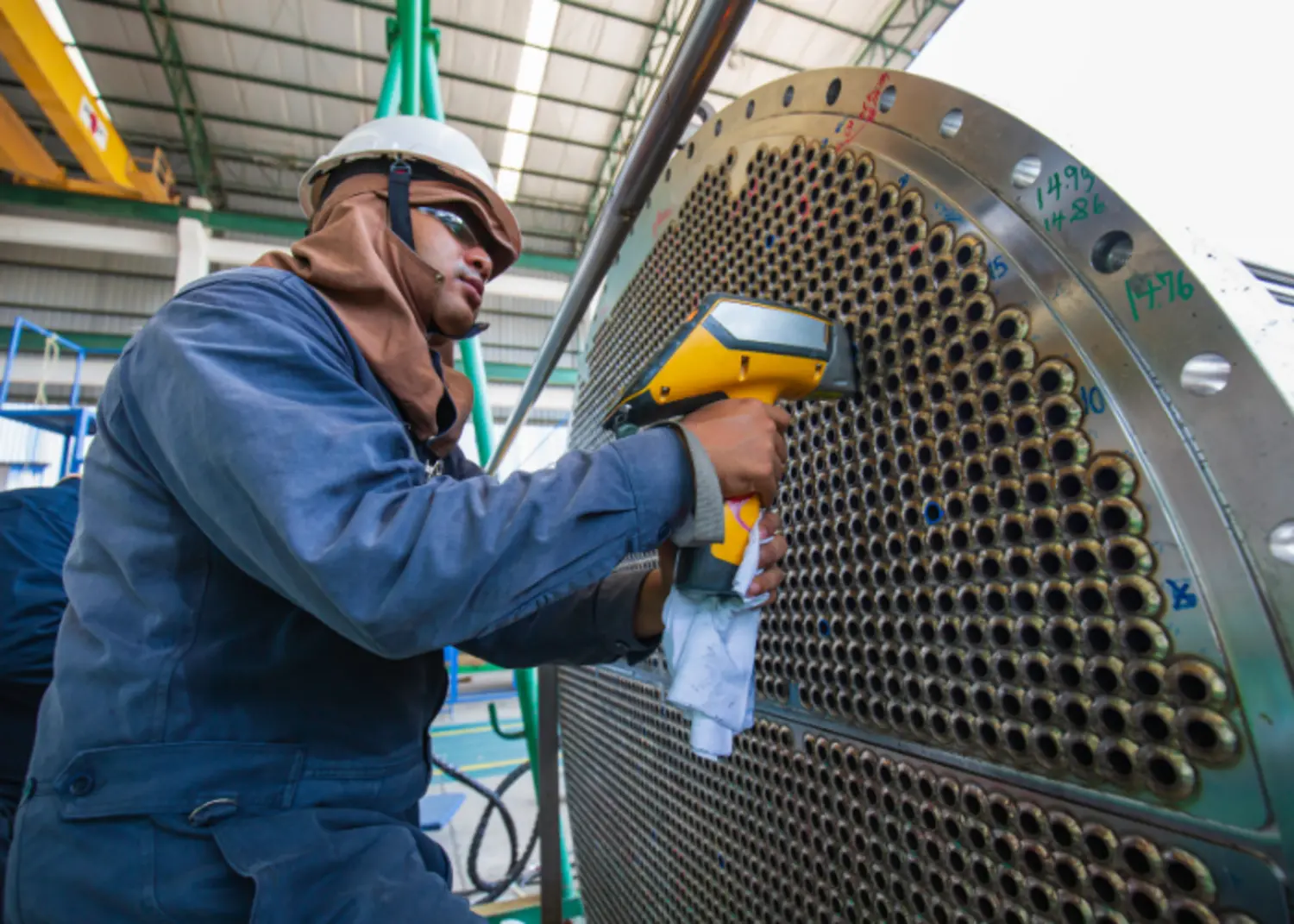Types of Welding Inspection and Their Applications
A significant portion of industrial manufacturing processes is based on welded joints. From shipbuilding to pressure vessels, pipelines to steel structures, welding is at the heart of many structural systems. However, visual observation alone is not enough to assess the reliability of these joints. To ensure long service life, resistance to deformation under external loads, and leak-tightness, welding inspection is essential. This process is vital not only for quality assurance but also for protecting life and property.
What Is Welding Inspection?
Welding inspection involves technical examinations aimed at checking the internal and external structural integrity of welded joints, detecting possible defects, and verifying compliance with standards. It can be performed both before production (e.g., testing welder qualifications) and after welding operations are completed. Early detection of defects helps prevent major structural problems and costly repairs in the future. For this reason, welding inspection is considered an integral part of quality management systems.
Types of Welding Inspection
Welding inspections are generally divided into two categories: Destructive Testing and Non-Destructive Testing (NDT). Independent engineering firms like Enkomet typically use non-destructive methods to ensure safe and cost-effective inspections on-site.
-
Visual Testing (VT)
This is the first and most basic inspection method. It aims to detect surface defects in welds using the naked eye or supporting tools. Commonly identified issues include burn marks, cracks, lack of penetration, spatters, and seam defects. As it is fast, low-cost, and practical, it is always used as the first step.
-
Liquid Penetrant Testing (PT)
Used to detect microscopic surface cracks that cannot be seen visually. A special dye (penetrant) is applied to the weld surface. After excess liquid is removed, a developer spray is used to make cracks visible. This method is often used on materials like stainless steel and aluminum.
-
Magnetic Particle Testing (MT)
This method is used for detecting surface and near-surface defects in ferromagnetic materials such as carbon steel. A magnetic field is applied to the part, and magnetic particles are sprinkled over it. Defective areas attract the particles, revealing issues like cracks and lack of fusion in the weld zone.
-
Ultrasonic Testing (UT)
One of the most reliable methods for in-depth structural analysis. High-frequency sound waves are transmitted through the welded joint, and reflected signals are analyzed to identify internal flaws. UT is preferred for thick components and full penetration welds.
-
Radiographic Testing (RT)
Uses X-rays or gamma rays to obtain internal images of welds. The resulting film or digital scans reveal internal defects such as porosity, slag inclusions, and voids. RT is one of the most commonly used methods in projects that require high precision.
In Which Sectors Is Welding Inspection Critical?
Welding inspection plays a vital role in many sectors, including power plants, pipelines, petrochemical facilities, refineries, nuclear plants, shipbuilding, steel structures, and the automotive industry. Especially for tanks, boilers, and pipes exposed to pressure, weld quality inspection is a legal requirement. It is also necessary for documentation and certification under standards such as EN, ASME, and AWS.
Enkomet’s Welding Inspection Expertise
With extensive experience in industrial quality assurance and a team of internationally certified experts, Enkomet provides professional welding inspection services tailored to the needs of various industries. These services are performed at both the production and post-assembly stages and are critical for project safety.
At Enkomet, IWE, IWT, and IWI certified welding inspectors work alongside experienced NDT Level 2 personnel to meticulously assess whether welded joints meet international standards. The inspection service includes not just observation, but also technical analysis, measurement, and comprehensive documentation.
Enkomet is fully equipped with the testing devices and technical infrastructure required to verify welds in accordance with EN ISO 5817, ISO 17637, ASME Section IX, and AWS D1.1. Moreover, this process is not limited to Turkey. Through its office in Essen, Germany, Enkomet offers project-based welding inspection services across Europe, helping companies meet international certification and quality requirements.
On-site inspections, Factory Acceptance Tests (FAT), and pre-production verifications of WPS, PQR, and WQT documents are also included in Enkomet’s welding inspection services. With customized inspection plans for each project, Enkomet ensures traceable weld quality, early detection of potential defects, and reduced quality-related costs.
In short, Enkomet’s welding inspection service is more than a quality check — it is a strategic solution that ensures structural integrity and production safety. From critical infrastructure projects to pressure vessels and steel structures to pipelines, Enkomet is your trusted inspection partner.
Welding inspection is one of the most critical steps in ensuring structural safety. Poor-quality welds can lead to costly repairs, production downtime, and major safety risks. The most effective way to eliminate these risks is through certified and independent inspection services. Enkomet helps make your projects safe and compliant with standards by offering professional welding inspection services both in the field and on the production line.
At Enkomet, we also offer welder certification and welding coordinator services as part of our comprehensive inspection solutions.
📩 For more information, feel free to contact us at: info@enkomet.com

